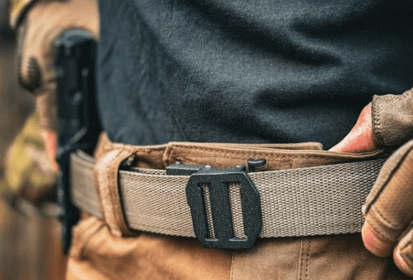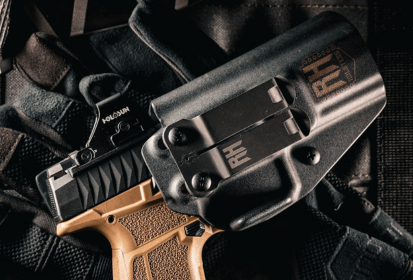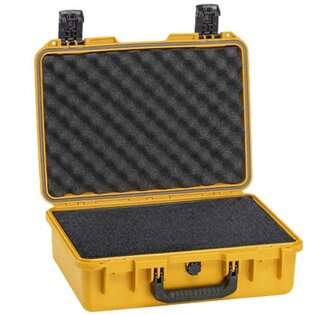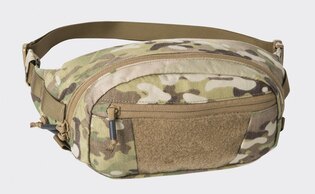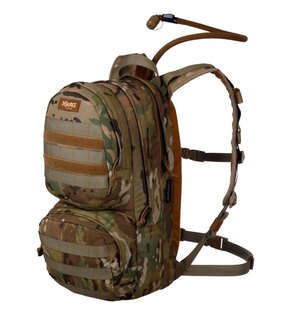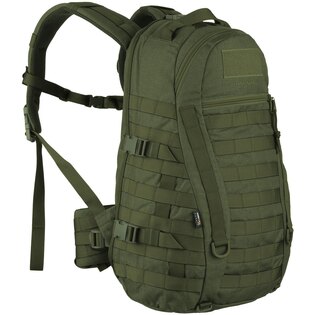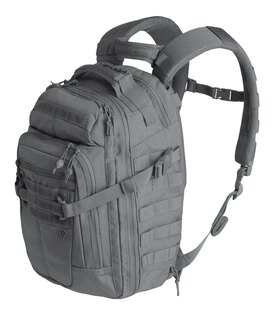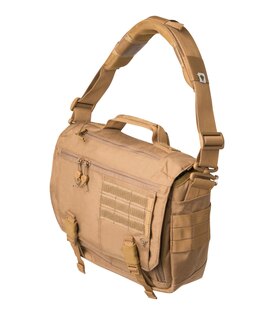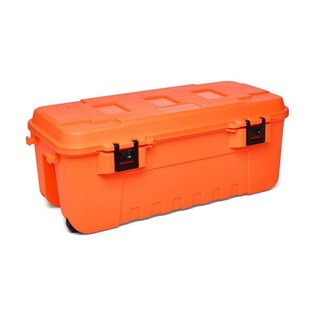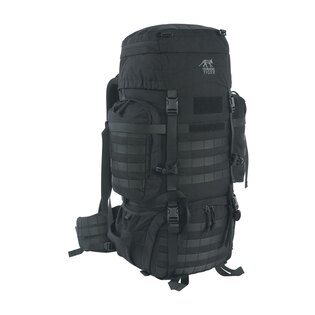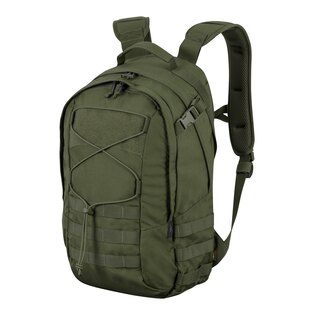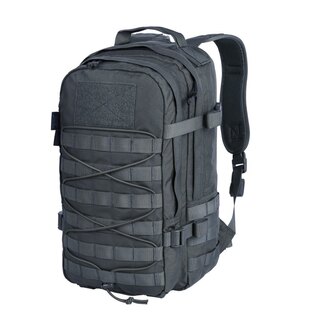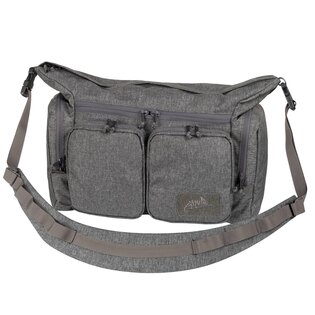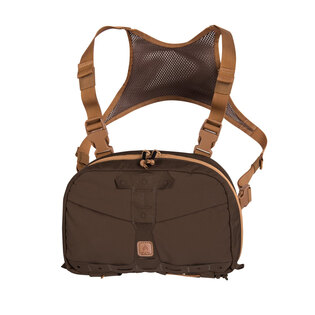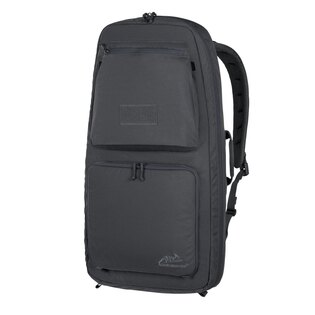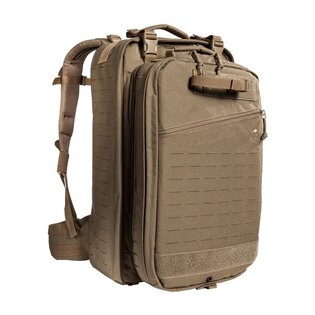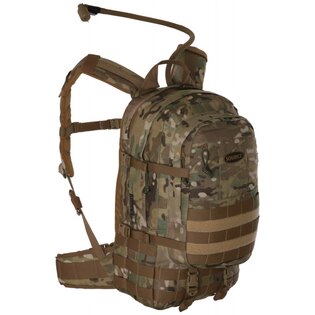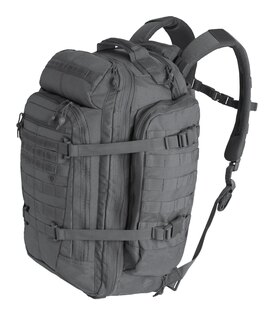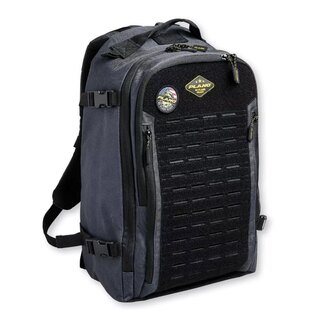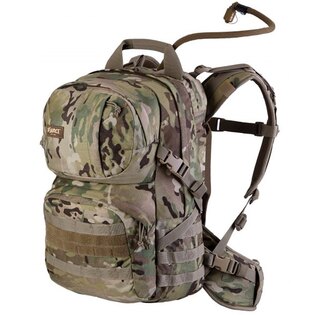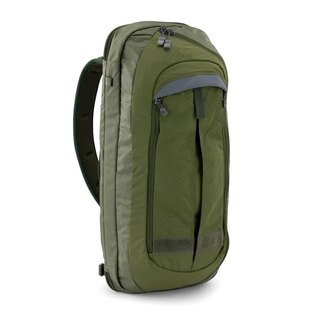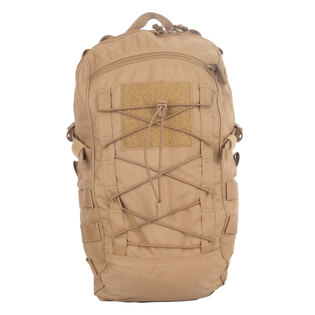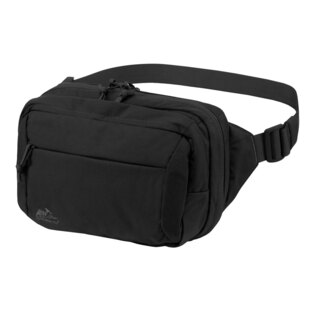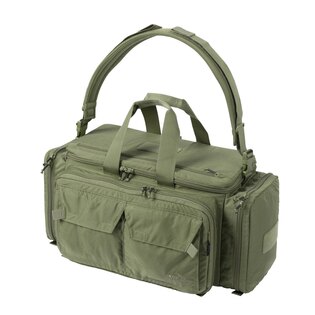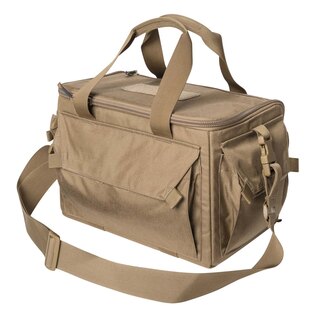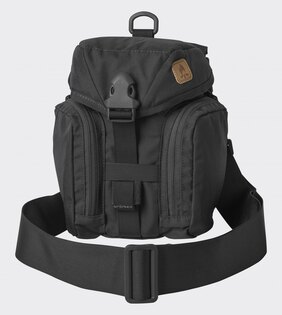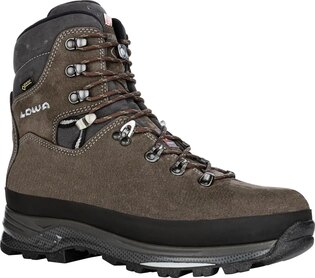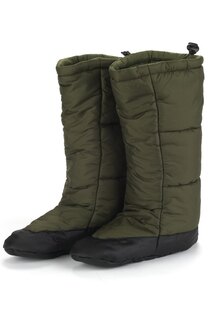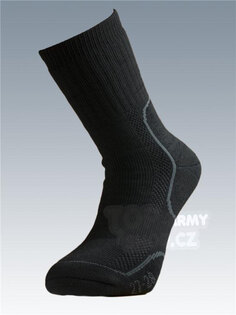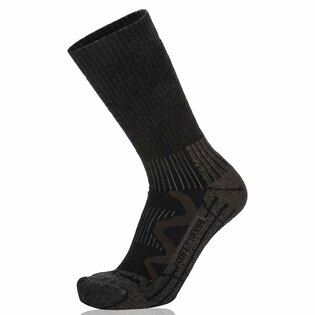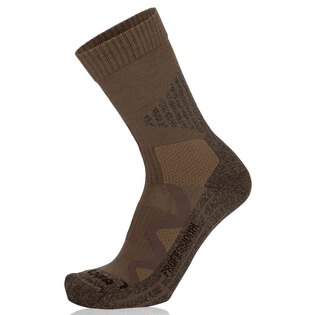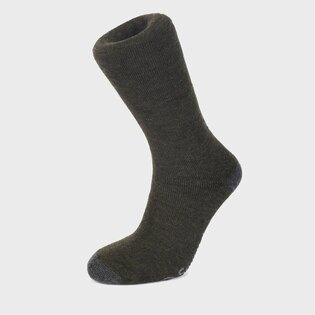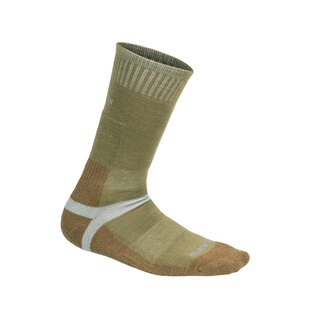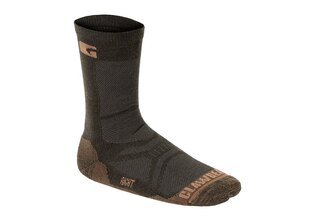Looking for winter boots? These factors will determine your comfort
Frost, ice and deep snow – winter terrain is unforgiving. The right choice of footwear determines whether you enjoy comfort and a sure step, or frozen feet and a fight with the terrain await you. Whether you are looking for tactical boots for extreme missions or outdoor shoes for the wilderness, the key factors are the right insulation, a quality sole and materials that will last. In this guide, we will show you how to choose winter boots that will stand up to any situation – from icy mountains to frozen forest trails.
In this article, we will focus on winter outdoor boots, so we can safely leave out the city ones. Although you can also wear outdoor boots in the city. Let's see what parameters you can use to choose such boots.
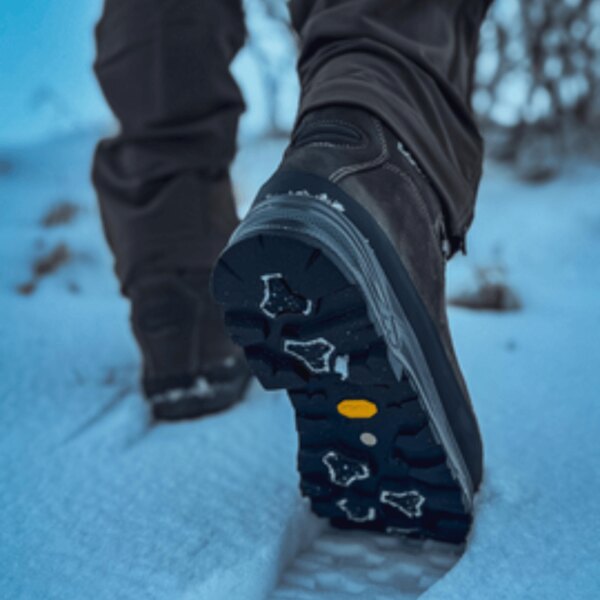
The Vibram sole with a deep tread provides optimal grip and durability on most types of terrain you will encounter in winter outdoor activities.
1) Shoe height
Outdoor shoes for winter should be higher rather than lower. Low versions of shoes are more suitable from spring to autumn. Some manufacturers label their shoes as “low”, “mid” or “high”. And it is in the second and third categories that we should look for winter. Lower shoes are lighter and suitable for less demanding activities.
2) Shoe construction
The construction of the shoe plays a key role in its selection. The fewer seams, the less risk that the shoes will become permeable to water over time. And the seams that are already on the shoe are sometimes stitched twice, sometimes even three times. You will pay a little extra for such luxury, but you can expect an extended lifespan. When choosing, give preference to shoes with a simpler cut, because fewer seams mean less risk of water seeping in.
Another topic regarding the construction is lacing. Winter shoes need to be properly tightened and must fit perfectly, otherwise you risk unpleasant pressure sores and blisters. High-quality lacing is important here. Higher models of shoes often use a two-zone lacing system, which better fixes the foot and ensures greater stability in difficult terrain. And it is also important for the laces themselves to be of high quality, as well as the metal eyelets for attaching them to the upper of the shoe. These should ideally be designed so that they do not get caught on branches, etc. while walking.
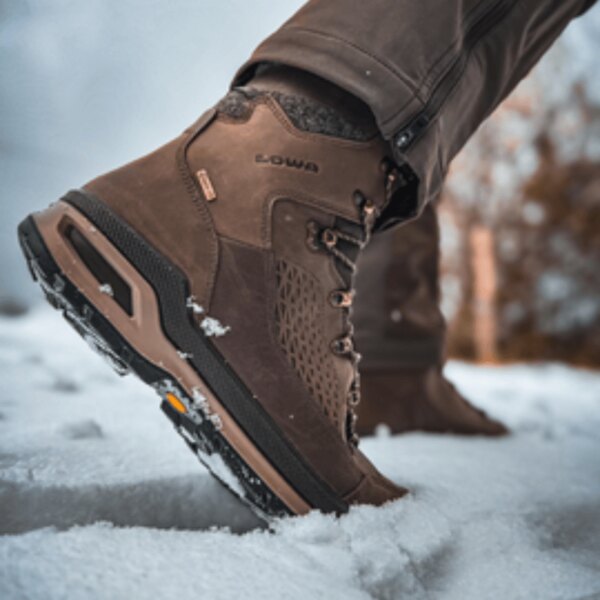
Winter trekking boots with a membrane are breathable and at the same time resistant to snow and water.
3) Upper materials
When it comes to materials, there are generally two options for the upper of outdoor boots. The first is leather, which is a proven classic for years, and the second is synthetic materials, which are increasingly advanced. Leather promises durability and, in general, a longer lifespan, while synthetic materials are lighter and more breathable. And therefore more functional, because they better wick condensed moisture away from the feet, which is key to maintaining heat.
Leather boots with a membrane provide excellent protection against moisture and will keep your feet dry even in snow and rain. The leather on the surface is also more resistant to abrasion than synthetics, and therefore better protects the more sensitive inner materials from damage. Over time, the leather also adapts better to your foot. However, leather boots are heavier and, as we have already said, they breathe less well. And without regular care, the promised lifespan will quickly shorten.
With synthetics, we can basically reverse it, so just quickly – shoes made of artificial materials are lighter, dry quickly and repel water well. They are more breathable, so condensed sweat and moisture can penetrate the surface better. However, they adapt less well to the foot and are not nearly as abrasion-resistant. On the other hand, they are cheaper.
With synthetic uppers (but not only those), it is good to have them supplemented with membrane technologies such as Gore-Tex. These work in such a way that they allow moisture from the inside to the outside, but not vice versa. Their structure is many times smaller than a drop of water coming from the outside, but many times larger than a molecule of steam leaving from the inside. A really simple principle.
4) Sole material and construction
The sole of shoes is mostly made of rubber, which, together with the texture, ensures adhesion to the surface, even slippery ones. Better adhesion and a lower probability of slipping are sometimes provided by materials that are added to the rubber in the form of various fibers and the like. Of course, you also need to pay attention to the texture or pattern, which should also be deep to ensure sufficient stability.
In any case, the sole should insulate well from the ground, because a poorly insulating sole would mean that your feet would be cold when walking. Most outdoor soles are compatible with non-slip soles, which increases stability on snow and ice.
There are two basic types of soles for outdoor shoes, including winter ones. These are glued and injected soles. The injected sole is more often used for winter shoes, which is considered to be of higher quality. Simply because it cannot be peeled off from the upper because it is firmly connected to it. However, if the glued sole is damaged, it is possible to re-glue it. If the injected sole is damaged, the entire shoe is already damaged.
5) Insulation layer
Winter shoes should have a high-quality insulation layer that will keep your feet warm even in extreme cold. The insulation layer, like other shoe materials, should be breathable to allow air circulation. But here we are really talking about shoes that are intended for longer trips into nature. If you are only planning short walks, it is not necessary to choose shoes with significant insulation.
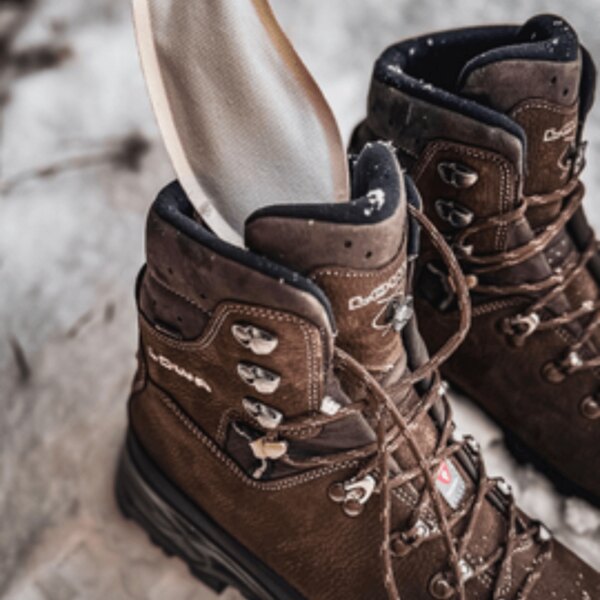
The insulating layer will keep your feet warm even in extreme cold.
6) Shoe size
Another factor in choosing shoes is their correct size. Generally, they should be about one size larger than summer shoes, which you don't wear as thick socks with. In any case, it's a good idea to try on shoes before buying to see if they really fit you. Of course, it's not that easy when buying online, but if you make a mistake, we'll be happy to exchange your shoes for the correct size. In addition, it's better to try on shoes in the afternoon, because your feet will be slightly swollen compared to the morning.
You should also adjust the size to any combination with shoe inserts. And finally, when trying on shoes, you should check whether there is enough space for your toes in the front of the shoe. This is important to prevent pressure sores and blisters.
Maintenance
When you buy shoes, think about how you will maintain them. For your shoes to function properly, you need to regularly impregnate them, clean them properly after each hike, and let them dry properly. This is the only way your winter shoes will last a long time, even several seasons of intensive use.
Tips from Rigad's offer
Here at Rigad.cz you will find a really wide selection of winter outdoor footwear. Let's take a look at some specific tips together.
Lowa® Tibet Superwarm GTX winter boots – the model offered in both men's and women's versions is equipped with a sole with a special anti-slip Vibram Icetrek treatment. The stability of the foot is ensured, among other things, by the two-zone lacing, and the Gore-Tex Duratherm membrane provides effective insulation. The upper is made of hydrophobic nubuck made of buffalo leather. We also offer these boots in a women's version.
AKU Tactical® Griffon Combat GTX® boots – high-quality tactical boots used by members of the Danish army, for example, and which will win you over with their minimalist look and advanced technologies, including the Davos Ranger sole or the Gore-Tex Insulated Comfort membrane.
Snugpak® Insulated tent boots – a very specific category that will save you from frozen feet when sleeping in a tent in the winter. These boots, also called Snugfeet, are lightweight and compact, and at the same time pleasant to the touch. You can perceive them as slightly “oversized” slippers. Your feet will feel like they are wrapped in clover.
In conclusion
Choosing winter footwear for the terrain is not complicated if you follow a few basic, simple rules outlined in this article. The offer is really wide, as with other categories, so choosing the right shoes may not be completely easy. Focus mainly on the right size, on the material that suits you and on a quality upper and sole. With proper maintenance, the chosen shoes will reward you with a long service life and flawless functioning.
Readers are further interested
